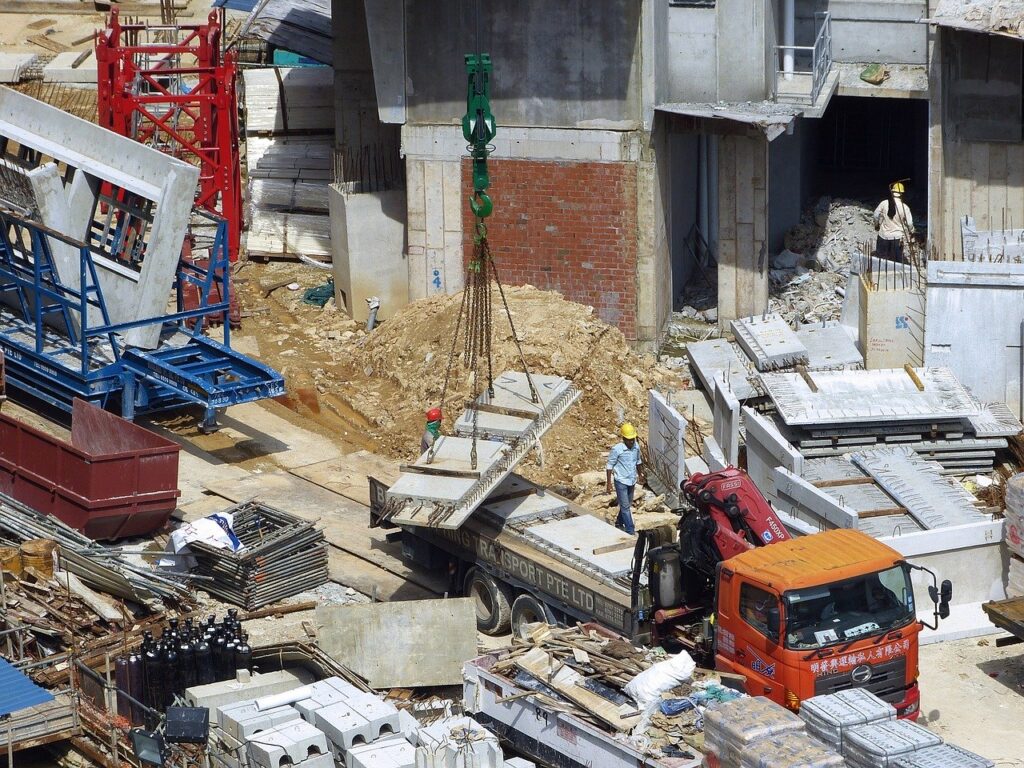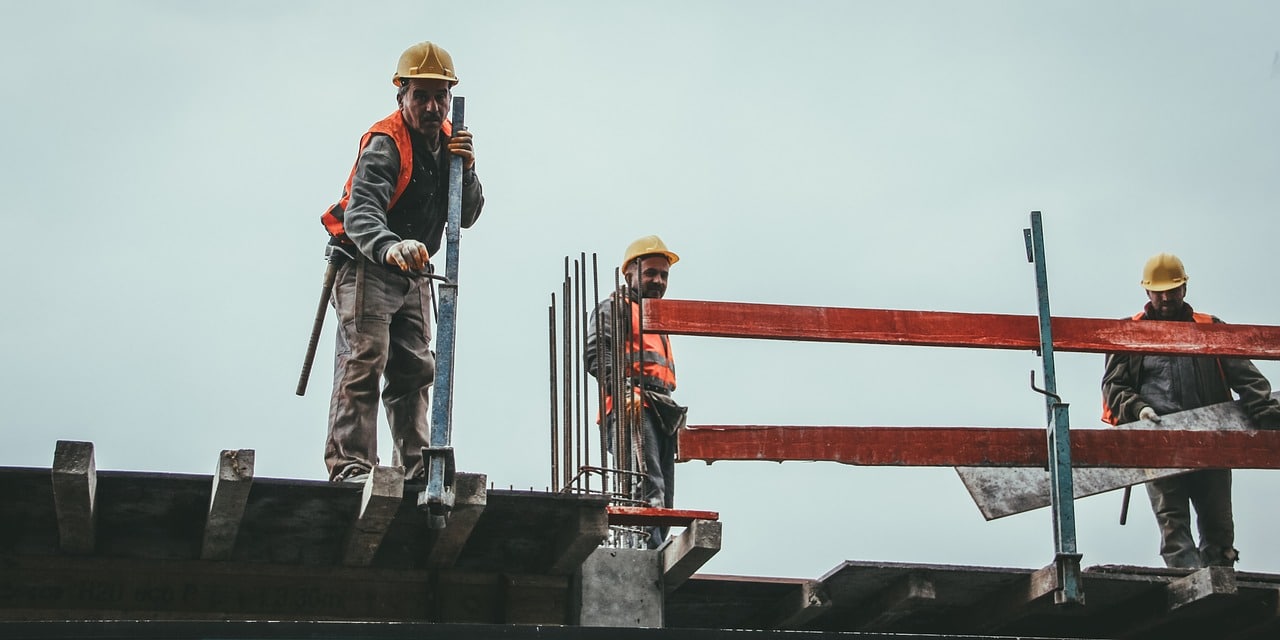Anyone that works in construction needs to know how to read construction site plans, because it is a crucial part of their job. In fact, reading construction plans is one of the first things that anyone within the construction industry learns. Those who have difficulty reading these plans may want to question whether or not they really should be working within the construction industry.
Construction plans are also known as construction blueprints and they are basically a two-dimensional drawing that show all the details of the project that is being worked on.
What should be included on construction plans
- Dimensions of the entire site, including the building and the rooms inside.
- A legend using special symbols that will represent the parts of the project.
- The location of the site, the building layout, where the rooms are located, and where materials will be located.
- Notations of which materials will be used where.
- Topographical information.
- The demo plan for things that must be taken down.
- The utility plan for the site that lists existing utilities, as well as how the building will be connected to those existing utilities.
- A notation of where the foundation will be dug out and then poured.
How to read construction plans
Title block
The Title Block is the first thing that you should look at when you are reading construction plans. This will tell you exactly who drew the plans, the date that the drawings were completed, the scale that was used, and who gave the final approval.
The indicators of orientation and scale
As soon as you know all the important information from the Title Block, you will want to get oriented with the position of the building. Start by looking for the compass, or the arrow that points to the north. This is usually located near the legend and once you find it, you should look at the scale of the drawings.
Determine the draft lines
The draft lines will make it much easier to determine the dimensions of the many different features listed on the construction plans.
Figure out the intricate details by using the legend
The legend is full of so much helpful information and you should use it to determine which symbol represents windows, doors, fixtures, materials, and more. The symbols are normally the same between construction plans, so there will become a time when you will not need to look at the legend to know what you are looking at on the plans. Of course, there is always an occasion when something new will pop up and you will need to go searching to see what this new to you symbol means.
Read all the notes
As construction plans change, notes will be made and included with the new plans. This is also an excellent place to find information about items that you may not be able to find on the construction plans themselves.
Different viewpoints of construction plans
Basic views
There are many basic views available for construction plans and they all look down at a horizontal plane. This is what you will look at first, but do not expect it to show you everything that you need to know about the building you are constructing.
Elevations
The elevations on construction plans are side views that show the exterior walls of the building. All the elevations should be noted with north, south, east, and west, plus they need to be cross-referenced on the floor plan for the first floor.
The elevation view should include all the doors and windows, gutters with downspouts, and roof lines. The materials for the exterior of the building should also be listed on these floor plans. If the elevation is shown for the inside of the building, you would have the materials for cabinets, countertops, and walls included within this plan.
Sections
The basic views and elevation views of construction plans are not enough when it comes to understanding the different components of a building, which is why you will also have sections. Most of the time, these sections will be of walls, so you can see the studs, insulation, sheathing, siding, and masonry. This is also an excellent way to see how the walls are attached to the foundation or the flooring, as well as roof.
Changes to construction plans
As you look at construction plans, you will see that there is a revision block along the margin. You must check this revision block every time you look at the construction plans to make sure that you are looking at the latest version.
Plans can change quite often, especially in the beginning of a project, and it is imperative that you are working off the most up to date set. Most of the time, changes will be marked with bubbles or clouds, along with a number inside a small triangle. Those numbered triangles will coincide with entries within the revision block. This is helpful, because it allows you to know when changes were made.
The reasons why these changes occur stem from the different stages of designing and drafting construction plans. The first stage is the schematic design stage and it is basically preliminary designs that focus on what the owner wants within their new building.
The design development stage is where the architect or project manager go back and forth with the owner in order to find a compromise on the design. While it would be nice to incorporate everything the owner wants, it is not always possible due to different scenarios.
After the compromise has been reached, the construction documents phase begins and that is where the most changes will be made over time. Those changes are due to different specifications needing to be revised due to material requests or new requests from the owner. Of course, sometimes it is building codes that require construction plans to be changed.
Once the value engineering stage and the construction administration phase is over with, there are usually not that many changes to the construction plans.
While everyone should be able to read construction plans, it does take some time to learn how to do it efficiently. As soon as a person knows the basic symbols, they can easily work on smaller projects. It is important that you do not rush through this process though, even when you master reading construction plans, because it is easy to miss key points within the plan.
Those key points can mean the difference between a successful project and one that turns out slightly wrong and needs some additional changes that will cost you extra money. Therefore, the best advice that we can give you is to take your time when you are reading construction plans and question anything that does not make sense.




